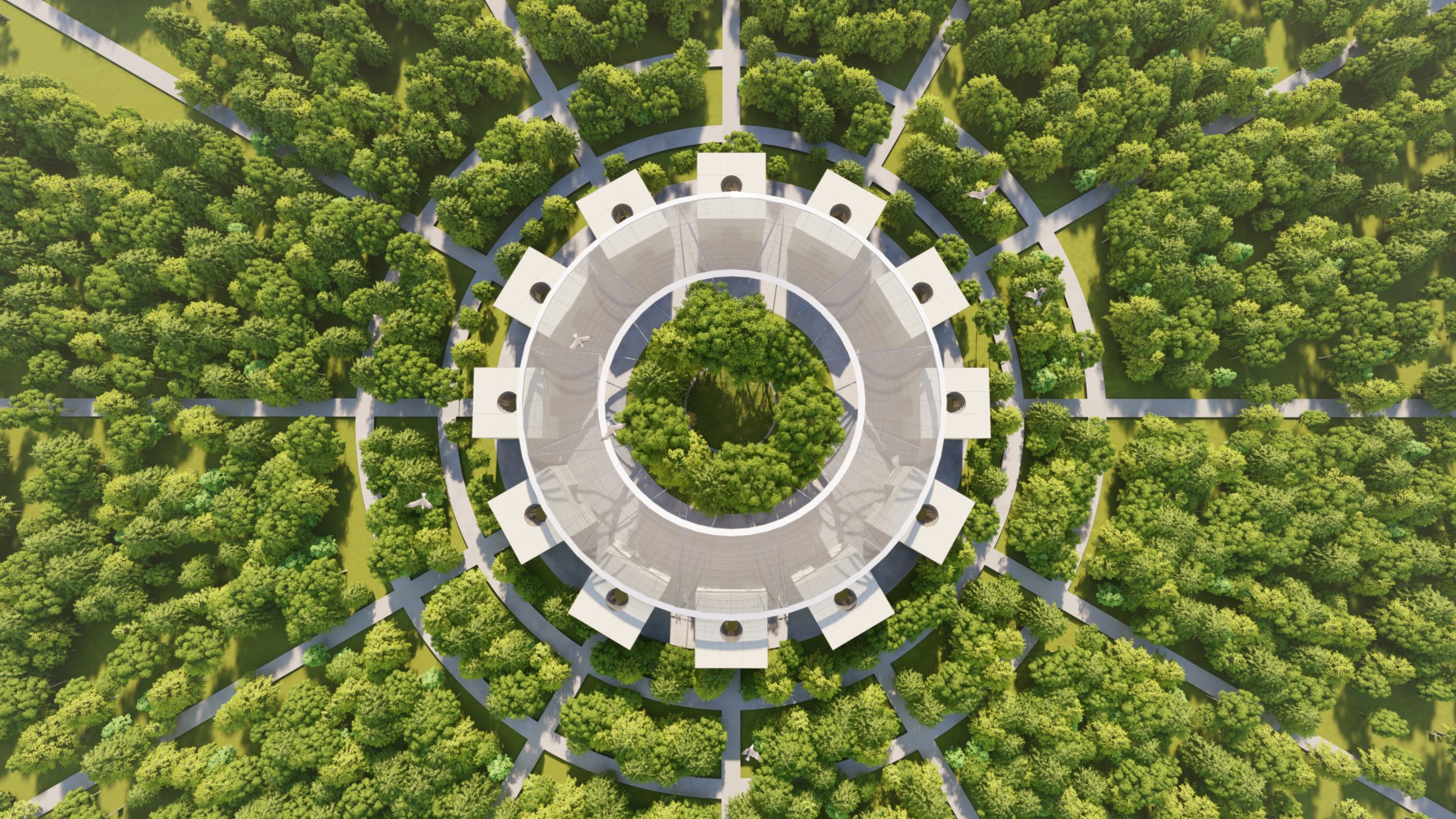
Studio Anna Heringer is based in Laufen, Germany and is widely acclaimed for the way in which their architecture supports local economies as well as an ecological balance. As Heringer says, her vision is to “explore and use architecture as a medium to strengthen cultural and individual confidence”. As part of this endeavour, and when working on projects such as the Modern Education and Training Institute (METI) in Rudrapur, Heringer’s Studio decided to create jobs for the craftswomen of Rudrapur by setting up Dipdii Textiles together with Veronika Lang.

Dipdii Textiles offers improved work opportunities and, in particular for the four million people, largely women, who make their living from working with fabrics. As Heringer points out, the majority of factories used by the Western rag trade are not a way of life. So Dipdii Textiles has set out a different path allowing parents to work from home through a decentralised network of production that enables the sale of a range of vests, shirts, pillows, shawls and bags.
The Dipdii Textile collection shows that Bangladeshi traditions together with contemporary creativity and flair offers something unique and personal that challenges the long-term malign consequences that come with the introduction of the globalist consumer-driven demand of disposable goods in developing countries.

However, as an architect, Heringer wanted to see if the same skills and workmanship present at Dipdii Textiles could be made to communicate the social and sustainable values that her architecture embodies. To get started on this, Heringer worked with her team to create a Bangladeshi textile installation for the 2018 Architecture Venice Biennale. The project was crowdfunded and explored the notion of textiles spatially, investigating their architectural potential. These ideas are also embedded within the individual textiles themselves in their depiction of building elevations and masterplans.

The collaborative and highly communal methods of creating these textiles is mirrored in the way Studio Anna Heringer has worked on their buildings. As Anna Heringer says, for her “the process is just as important as the outcome”. She describes how for the DESI Training Center in Rudrapur, she created a set of hand-drawings starting with the plan but worked up the design for the building bit-by-bit in collaboration with the builders on-site. Only hand-drawings were used throughout the process and many sketches were made on mud floors as the building took shape. Heringer describes this way of working as highly intuitive, leading to a strong team spirit and engendering self-confidence.

Last year, Studio Heringer completed Anandaloy, a centre for people with disabilities that includes a workshop for tailoring training and fair textile production. Heringer sees the initiative as an important way to tap into creative energy giving all those involved a profound sense of purpose and allowing Bangladesh to show that their country has, as she notes, “more to give than the average high street t-shirt”.
This sense of meaning is tangibly expressed in adopting reused materials, old saris, for example. Each garment with its own life story. This depth of cultural resonance is a powerful antidote to the faceless and homogenous market economy that is all too often indifferent to the plight and hardship of individuals. And it is imbued beautifully in each stitch of the fabrics made by this community of artist craftswomen.
To find out more about the Dipdii Textiles collection visit: www.dipdiitextiles.org
This post forms part of our series on The Architecture Drawing Prize: an open drawing competition curated by Make, WAF and Sir John Soane’s Museum to highlight the importance of drawing in architecture.






































































































































































































































































